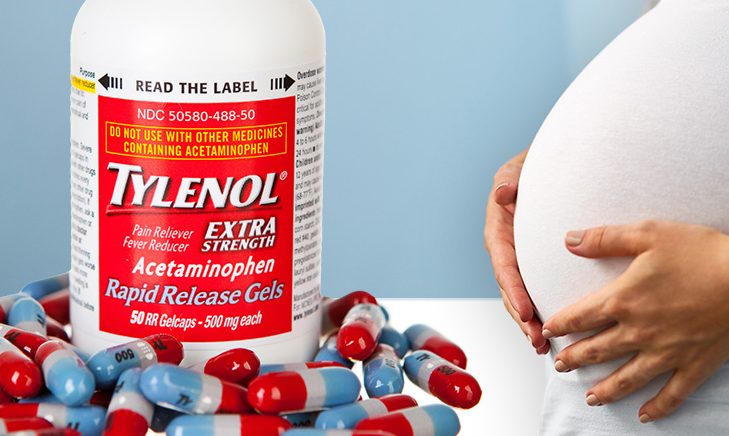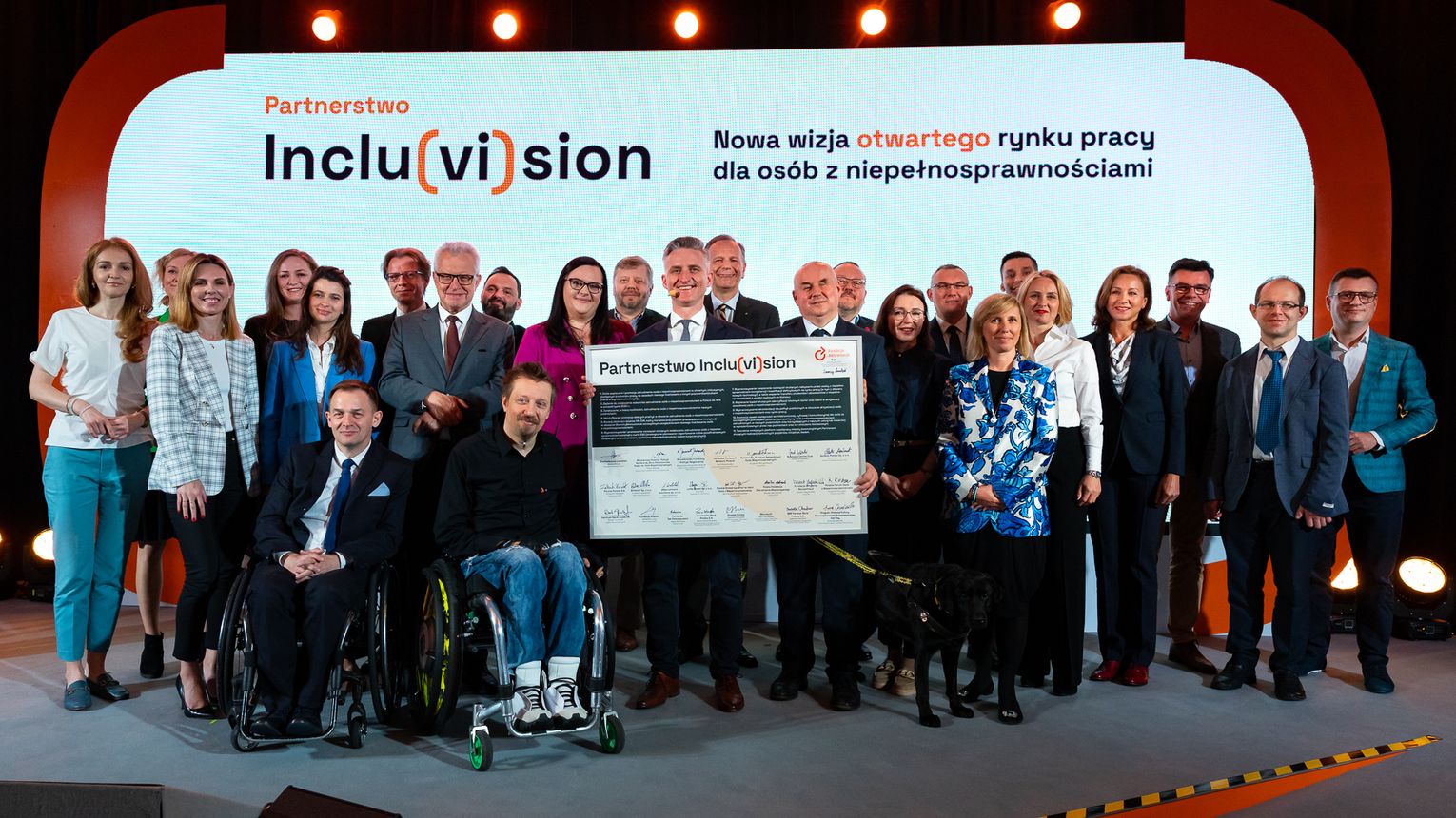A Doubling of Children with Severe Disabilities
It isn’t “just” autism
Robert W Malone MD, MS Apr 17, 2025

Secretary Kennedy gave his first press conference, which was focused on autism. Although what he had to say was immediately vilified by mainstream media, he didn’t say anything completely wrong or was an untruth.
In fact, the word vaccine never left his mouth.
The only criticism that the left can wield is that, at times, Kennedy spoke of profound autism without clearly defining that he was speaking of that specifically. Those critics are taking specific phrases out of context to make the case that Sec. Kennedy isn’t educated on autism. Which, of course, is anything but the truth. Knowing Sec. Kennedy as I do, he assumes people are smart enough to keep up with his train of thought. Clearly, that isn’t the case for those on the left or maybe they just want to take phrases out of context to make him look stupid. What a shock to learn that the left wants to politicize what Kennedy said <insert sarcasm>.
The big elephant in the room with autism research is that in 2013, the DSM-5, or Diagnostic and Statistical Manual of Mental Disorders, Fifth Edition, which is the primary classification system for mental health conditions used by clinicians and researchers in the United States, decided to broaden the definition of autism to include those who have what they previously called “subtypes” of autism compiled into what is now known as “autism spectrum disorder” (ASD) and removed autism as a stand-alone diagnostic from the DSM-5.
Over the late 20th and then early 21st century, some researchers began to question whether autism was a spectrum. In 1994, the definition of autism expanded in the DSM-IV – to include conditions once considered separate from autism. In 2013, The various subtypes (including Asperger’s syndrome) were unified under the single diagnosis of Autism Spectrum Disorder (ASD), explicitly framing autism as a continuous spectrum. As herein lies the rub. No data shows that these “subtypes” have the same patterns of behavior or even the exact etiology.
Below are definitions of all the syndromes that are now considered autism:




The consequence of combining multiple disorders or syndromes into a single diagnosis was a significant increase in autism cases since 1994. This is not to say that the percentage of autism hasn’t grown – it has, but it can also be true that the new ASD criteria also increased documented cases.
However, there is a much larger issue at hand. To address this epidemic and hopefully discover a cure for those already affected, understanding the actual causes of autism is essential.
Finding the forest through the trees
Some of what is now considered autism has some genetic component,- but many of the other subtypes don’t. Now – the study of the cause is almost impossible unless one studies each “subtype” of autism individually. Currently, the research funded tends to bin them all as one, making the study of a single subtype very difficult.
The study of the cause of ASD has become almost impossible -due to the combining of multiple disorders and syndromes. ASD is not one disorder, genetic disease or syndrome; therefore- it has a myriad of causes. Unless those subtypes are clearly defined and studied individually, the study of ASD etiology will be extraordinarily complex and, frankly, will not yield results that will withstand the test of time.
Profound autism is a term used to describe a subset of individuals on the autism spectrum who have the most significant challenges and support needs. This classification is relatively new and is gaining traction among clinicians, researchers, and advocacy organizations to distinguish those with the highest dependency and care requirements from others on the spectrum
There has been a doubling of profound autism rates: Over a 16-year period (2000–2016), the rate of profound autism among 8-year-olds in the U.S. nearly doubled—from 0.27% to 0.46% (2.7 to 4.6 per 1,000 children). Profound autism is defined by significant intellectual disability (IQ < 50), being nonverbal or minimally verbal, and requiring substantial support for daily living. These aren’t cases that can be overlooked. The doubling of profound autism rates is real; it is not due to a change in the DSM-5 criteria for diagnosis.
The CDC reported in 2023 that 26.7% of children diagnosed with autism met criteria for profound autism, highlighting that a significant minority of autism cases are severe.
The IDEA database is from the U.S. Department of Education’s IDEA special education enrollment, which tracks students receiving special education services in schools. It documents that the number of children identified with disabilities severe enough to receive federal support has doubled in the last fifty years.

The IDEA database breaks this data down by disability, as shown in graph #2 below:

Unfortunately, as the DSM manual changes, so do definitions. This makes it difficult to track specific syndromes or disabilities.
However, a breakout of the autism data looks like this (graph #3). It is probably a safe assumption that most of these children will fit under the criteria of profound autism.

Remember, this data represents children who have disabilities so severe that they require special government dollars to help them function at school. It does not represent all children with autism or disabilities. So, this graph documents that 2% of all school children have autism severe enough to justify special needs funding.
The Biden Administration’s FY 2025 budget included $15.7 billion for IDEA, with $14.4 billion allocated for the main “Grants to States” program.
That is less than 40% of special education costs in the United States. Each child is allocated $1810.00 for special services in the United States. That means that the United States spends over 36 billion annually on special education.
“The request would provide an average of $1,810 for each of the 7.9 million children with disabilities who are estimated to be served in 2025. Under this Request, the Federal contribution toward meeting the excess cost of special education and related services would remain well below the 40 percent level authorized by the IDEA.”
This does not include all those children with ASD who don’t fit the criteria of being disabled. Those who are struggling for help
Beyond the question of autism, why have the rates of children with disabilities doubled over the past fifty years?
It is hard to believe this is all due to better diagnoses and reporting.
Secretary Kennedy is right. Something or things is (are) poisoning our children. It is making them susceptible to diseases, as well as chronic conditions, all of which can lead to less quality of life and even early death.
Furthermore, these environmental toxins are causing neurologic damage. There is a compounding effect of so many toxins and insults to the brain resulting in neuroinflammation, which leads to neurological development issues (see my past substack here on glyphosate). This can happen in the developing fetus and the child.
This is unacceptable.
Mainstream media, big pharma, big food, big Ag can scream, they can threaten, they can even try to get Secretary Kennedy fired, but in the end,
they have to step out of the way and let HHS do its job.
The American people deserve answers now.


















